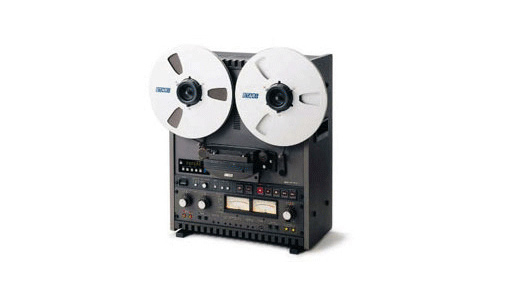
360 Analog
We have now have a couple of Otari Reel to Reel magnetic tape machines we use them for mastering and will also be making some of our music available to buy on Open Reel Magnetic Tapes.
Here is something we mastered using the reel to reel.
[soundcloud id=’13123051′ width=’75%’]
The MX5050 BIII has long been the standard in 1/4″ two-track analog recorders. It features an optimized three-head design and transformerless balanced inputs and outputs to provide superior frequency response, low distortion and high signal-to-noise performance under the most demanding conditions.
We will be offering tapes recorded on new 1/4 inch, 2 track tapes on RMGI SM911 tape at either 7.5 or 15 ips with NAB playback curve.
More info to follow about pricing and shipping.
Please email us if you are interested or have questions.
History of Reel to Reel from Wikipedia
The reel-to-reel format was used in the very earliest tape recorders, including the pioneering German Magnetophon machines of the 1930s. Originally, this format had no name, since all forms of magnetic tape recorders used it. The name arose only with the need to distinguish it from the several kinds of tape cartridges or cassettes which were introduced in the early 1960s.
Reel-to-reel tape was also used in early tape drives for data storage on mainframe computers, video tape machines, and later for high quality analog audio recorders as early as the late 1940s, up until modern day studios where it is still in use. Studer, Stellavox, Nagra, Denon and Otari currently manufacture analog reel-to-reel recorders.
The earliest machines produced distortion during the recording process which German engineers significantly reduced during the Nazi era by applying a high-frequency bias current to the recording head along with the desired signal. American audio engineer Jack Mullin was a member of the U.S. Army Signal Corps during World War II. His unit was assigned to investigate German radio and electronics activities, and in the course of his duties, he acquired two Magnetophon recorders and 50 reels of I.G. Farben recording tape from a German radio station at Bad Nauheim (near Frankfurt). He had these shipped home. Over the next two years, he worked to develop the machines for commercial use, hoping to interest the Hollywood film studios in using magnetic tape for movie soundtrack recording.
Unitra ZK-147, a vintage Polish-made reel-to-reel tape recorder
Mullin gave a demonstration of his recorders at MGM Studios in Hollywood in 1947, which led to a meeting with Bing Crosby, who immediately saw the potential of Mullin’s recorders to pre-record his radio shows. Crosby invested $50,000 in a local electronics company, Ampex, to enable Mullin to develop a commercial production model of the tape recorder. Using Mullin’s tape recorders and with Mullin as his chief engineer, Crosby became the first American performer to master commercial recordings on tape and the first to regularly pre-record his radio programs on the medium. Ampex and Mullin subsequently developed commercial stereo and multitrack audio recorders, based on the system invented by Ross Snyder of Ampex Corp. Les Paul had been given one of the first Ampex Model 200 tape decks by Crosby in 1948 and went on to use Ampex eight track “Sel Sync” machines for multitracking. Ampex went on to develop the first practical videotape recorders in the early 1950s to pre-record Crosby’s TV shows.
Inexpensive reel-to-reel tape recorders were widely used for voice recording in the home and in schools before the Philips compact cassette, introduced in 1963, gradually took over. Cassettes eventually displaced reel-to-reel recorders for consumer use. However, the narrow tracks and slow recording speeds used in cassettes compromised fidelity. Following the example set by Bing Crosby, high-speed reel-to-reel tape recorders rapidly became the main recording format used by audiophiles and professional recording studios until the late 1980s when digital audio recording techniques began to allow the use of other types of media (such as Digital Audio Tape (DAT) cassettes and hard disks).
Even today, some artists of all genres prefer analog tape’s “musical”, “natural” and especially “warm” sound. Due to harmonic distortion, bass can thicken up, creating the illusion of a fuller-sounding mix. In addition, high end can be slightly compressed, which is more natural to the human ear. It is common for artists to record to digital and re-record the tracks to analog reels for this effect of “natural” sound. In addition to all of these attributes of tape, tape saturation is a unique form of distortion that many rock and blues artists find very pleasing.
Euphonic distortion and noise levels aside, high-quality analog tape currently outstrips the transparency of all but the best digital recording/playback systems: digital systems can suffer from (among other problems) clock jitter, inferior analog circuitry, inferior digital filter design, improper wordlength conversion, and/or lack of correct dithering. Dramatic improvements in the average quality of digital hardware design are narrowing the gap, though, and might soon eliminate the quality distinction altogether.

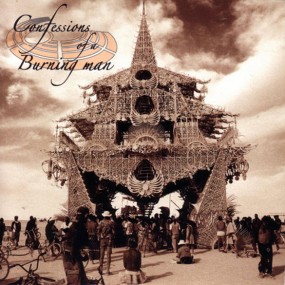
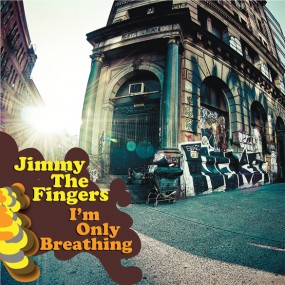

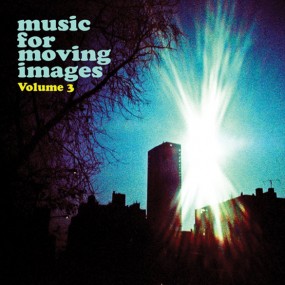
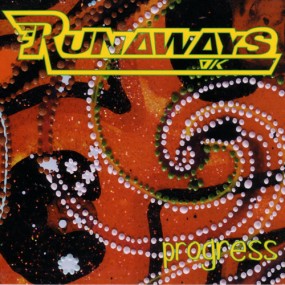
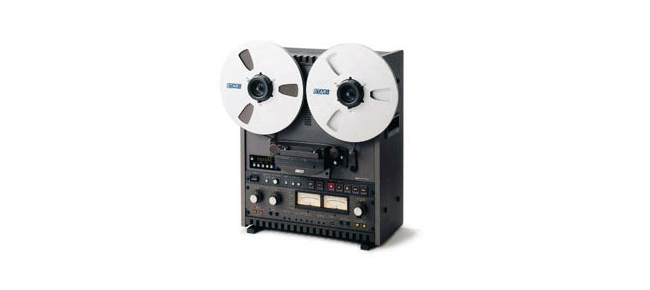
Follow Us!